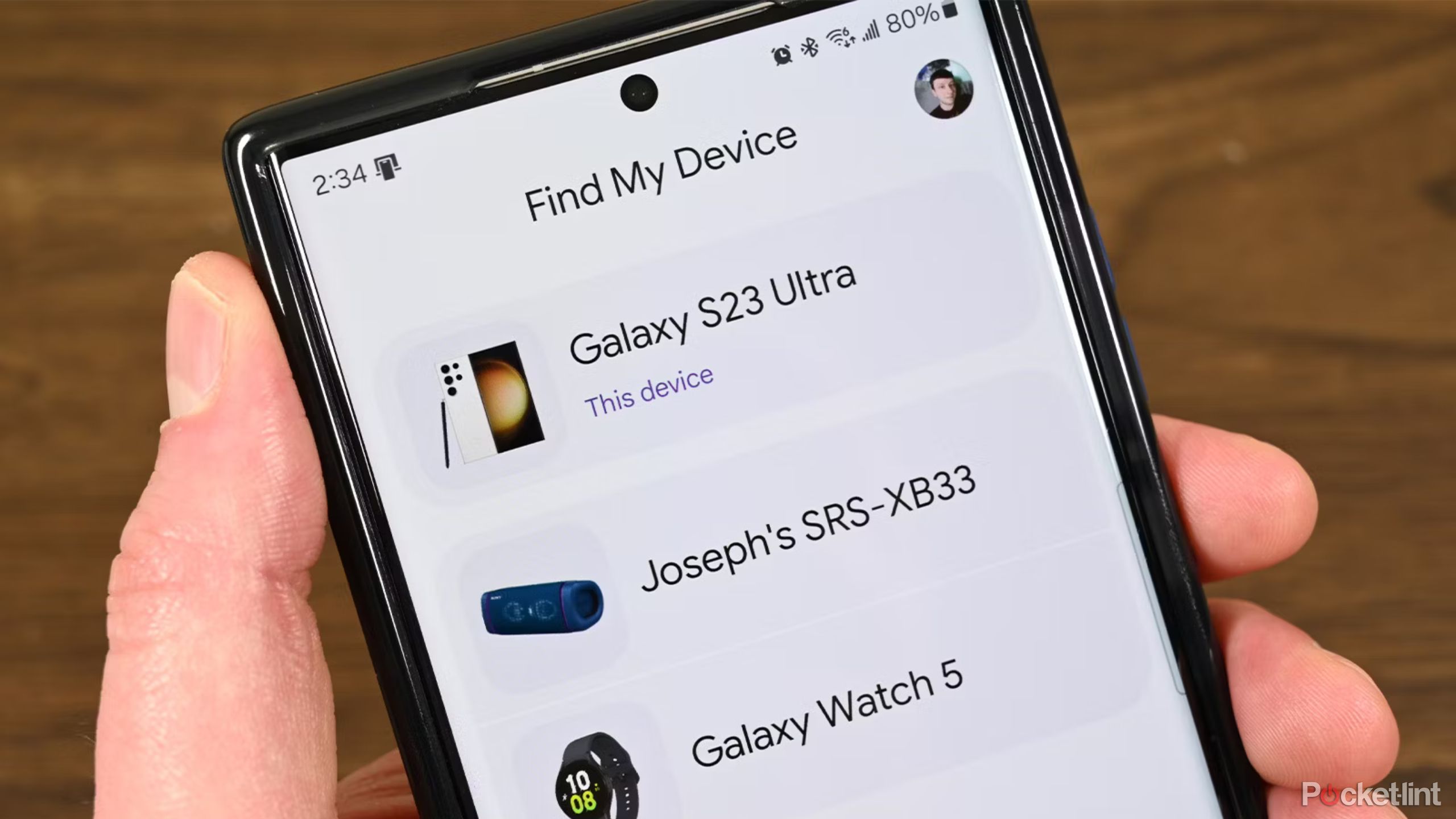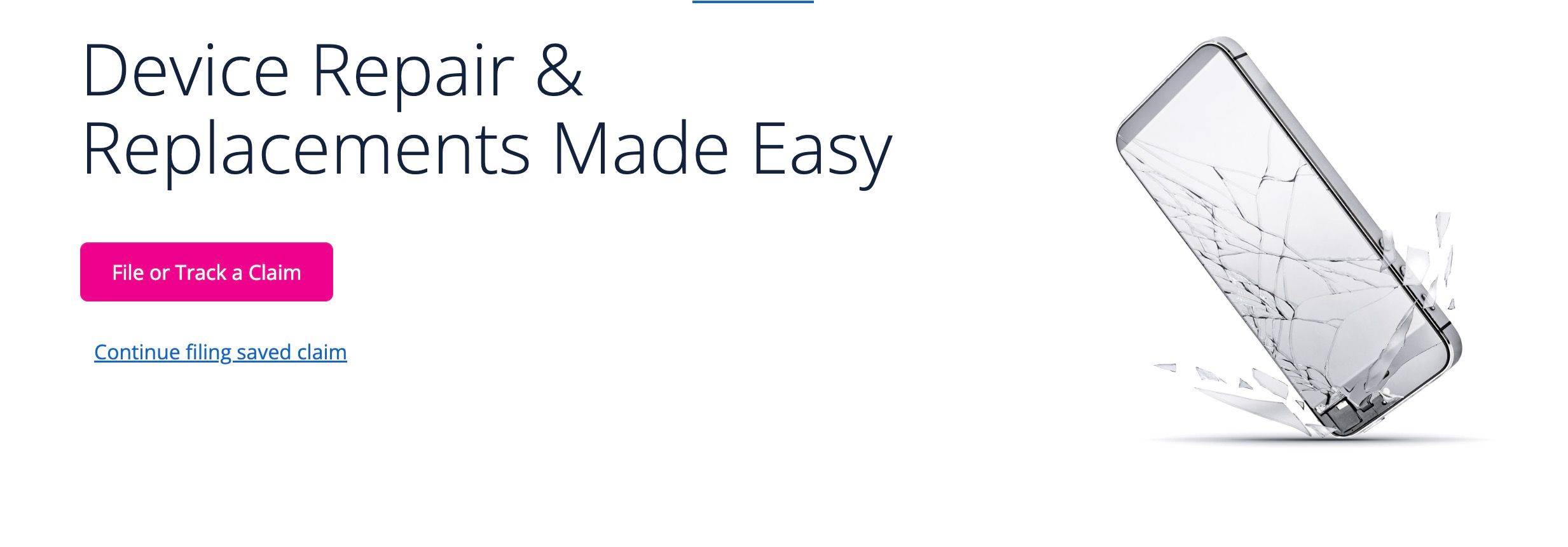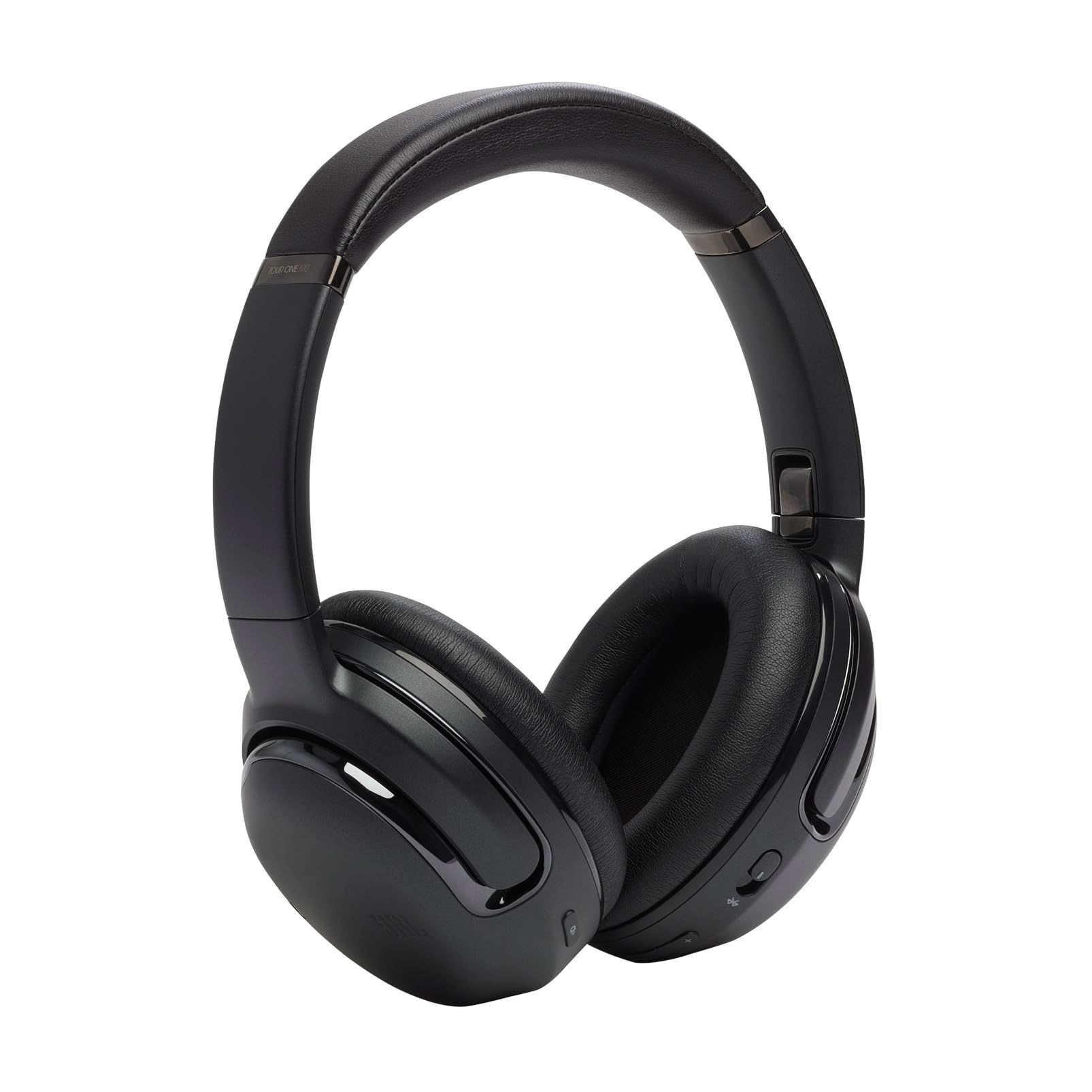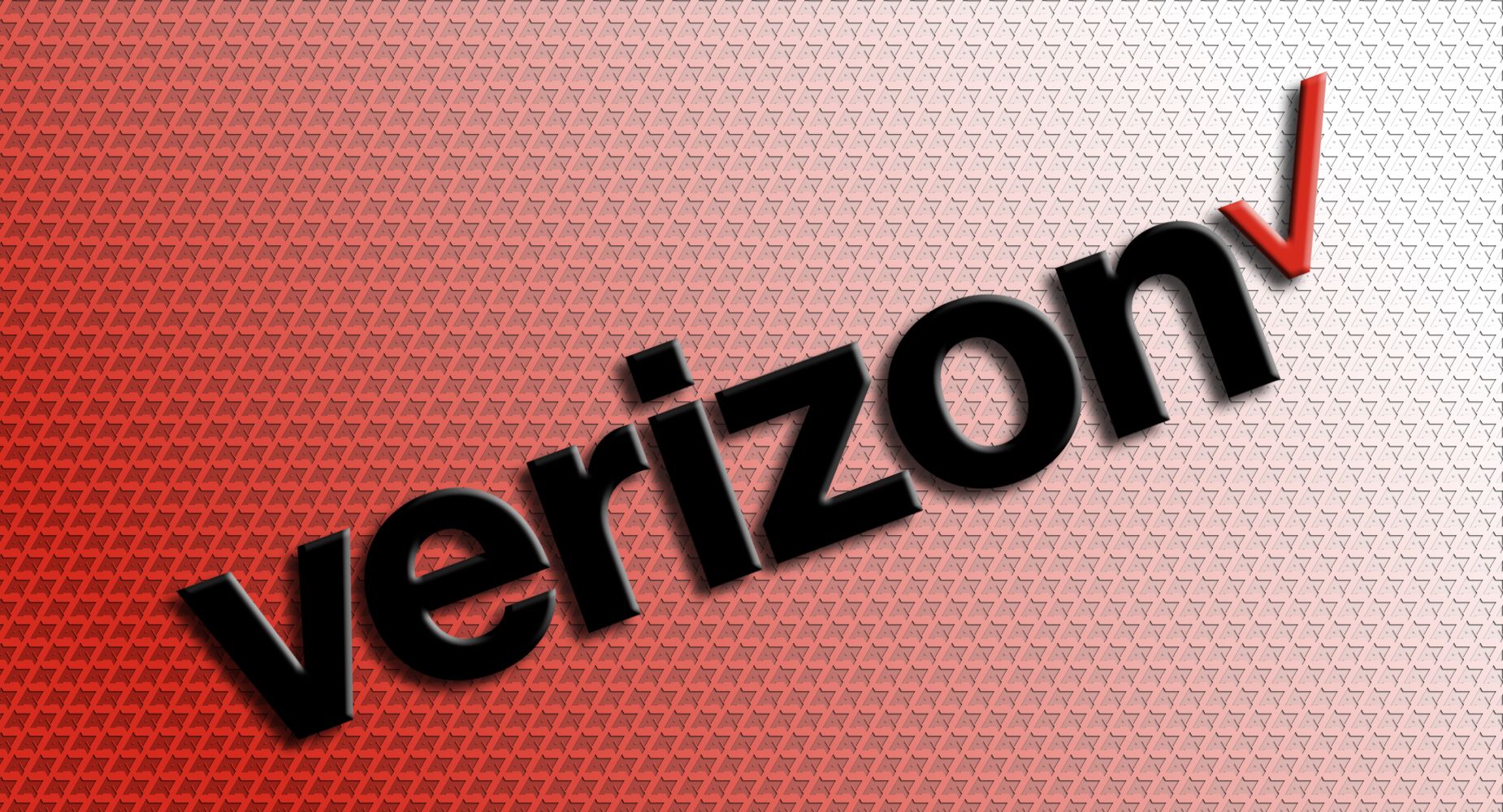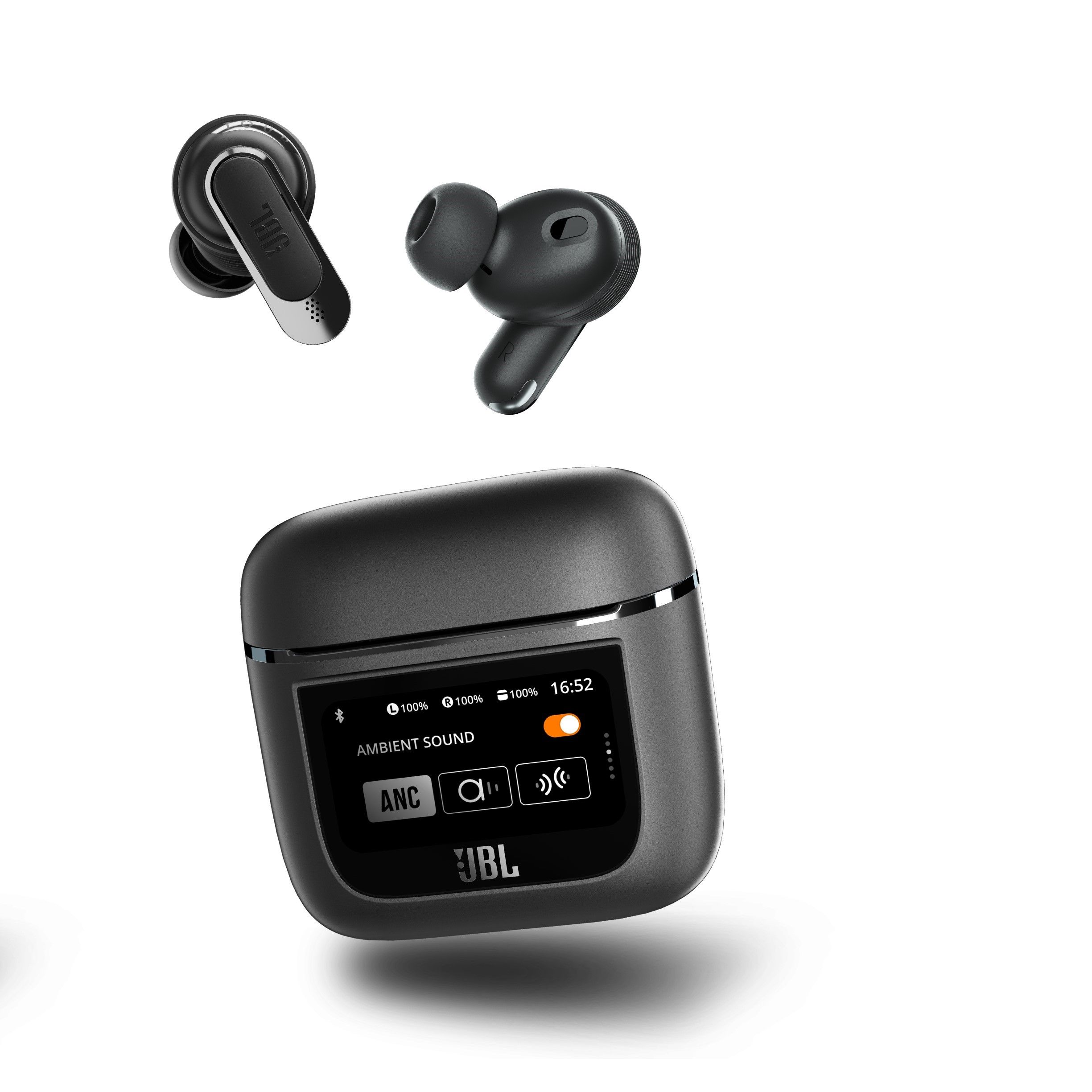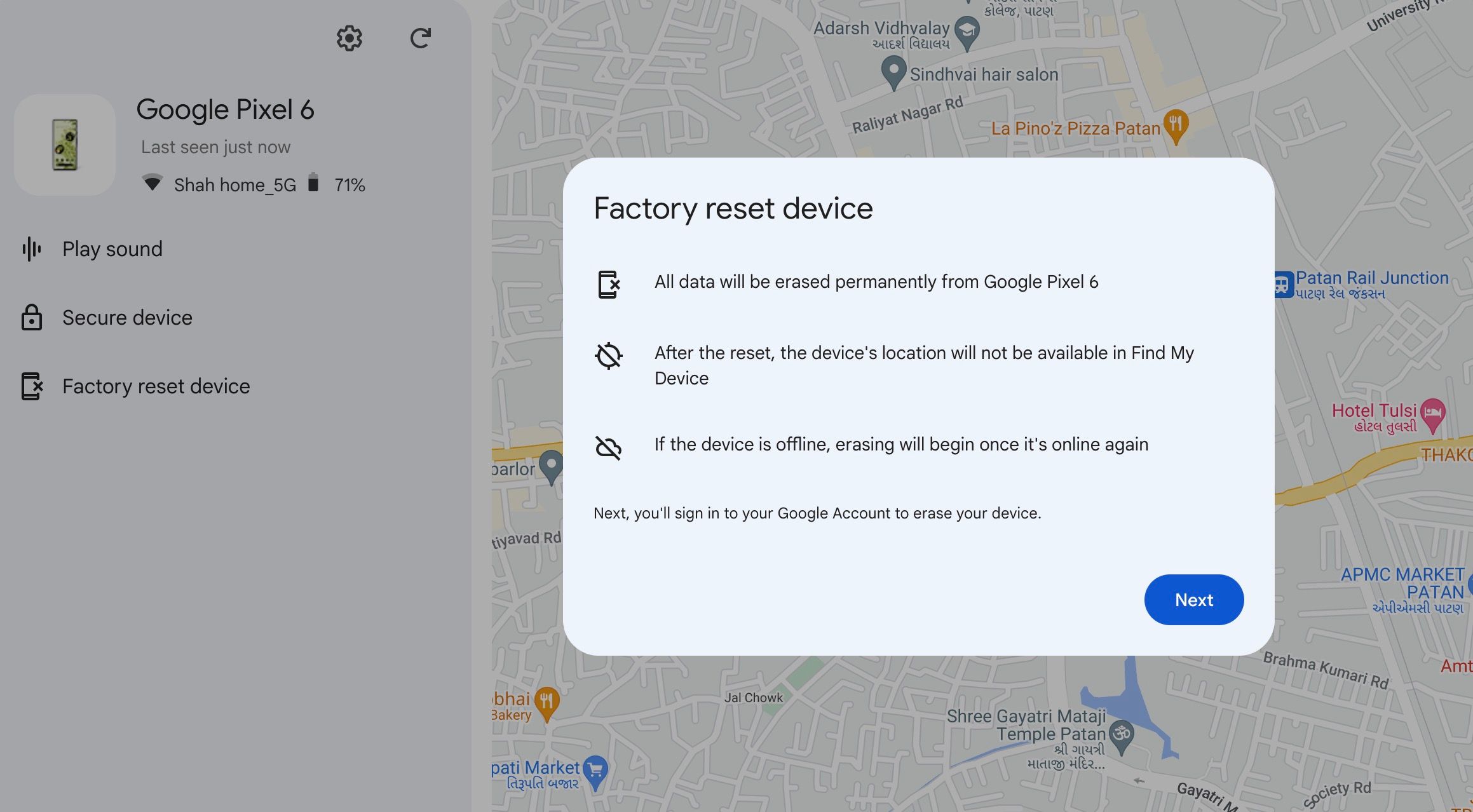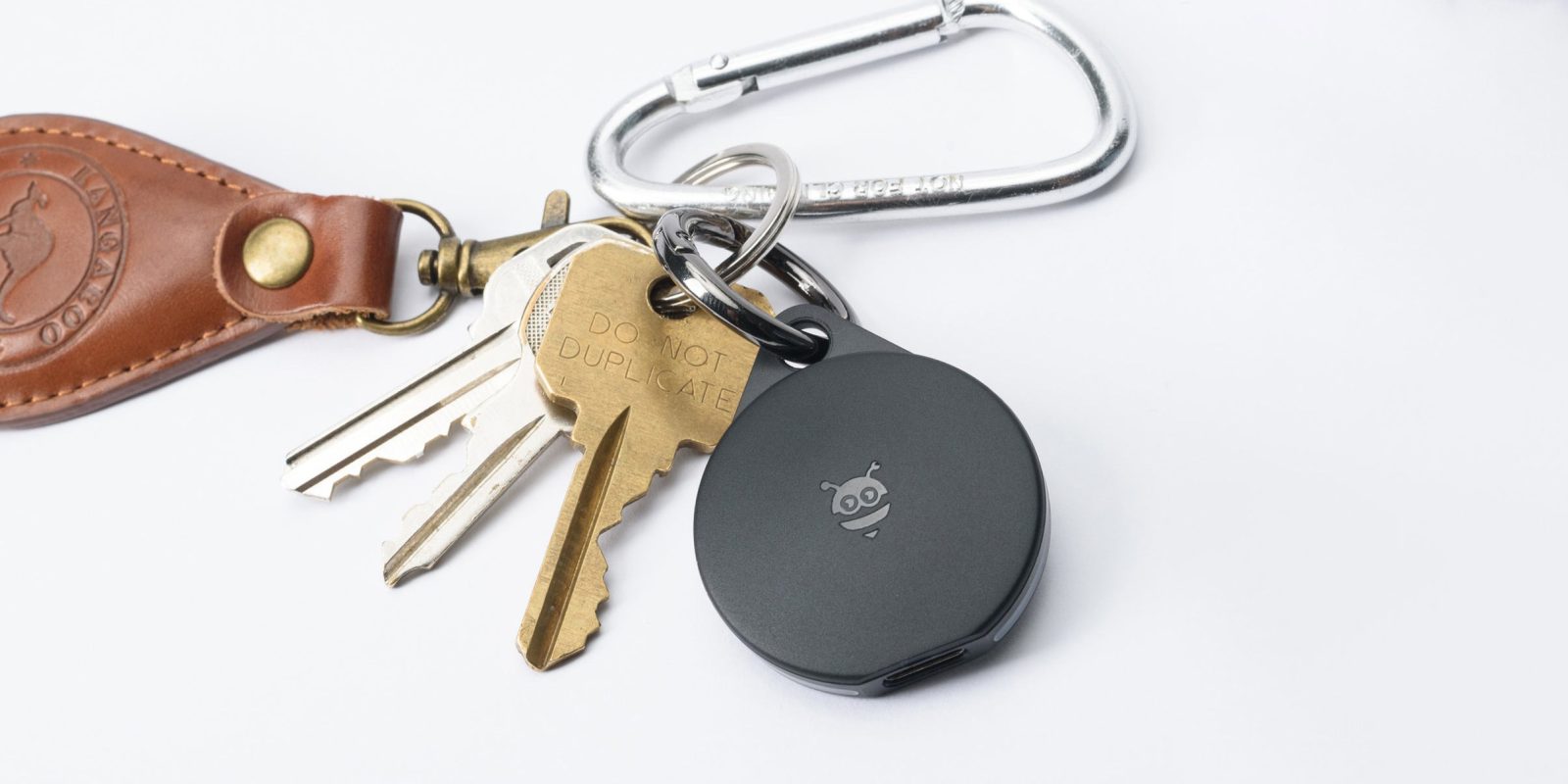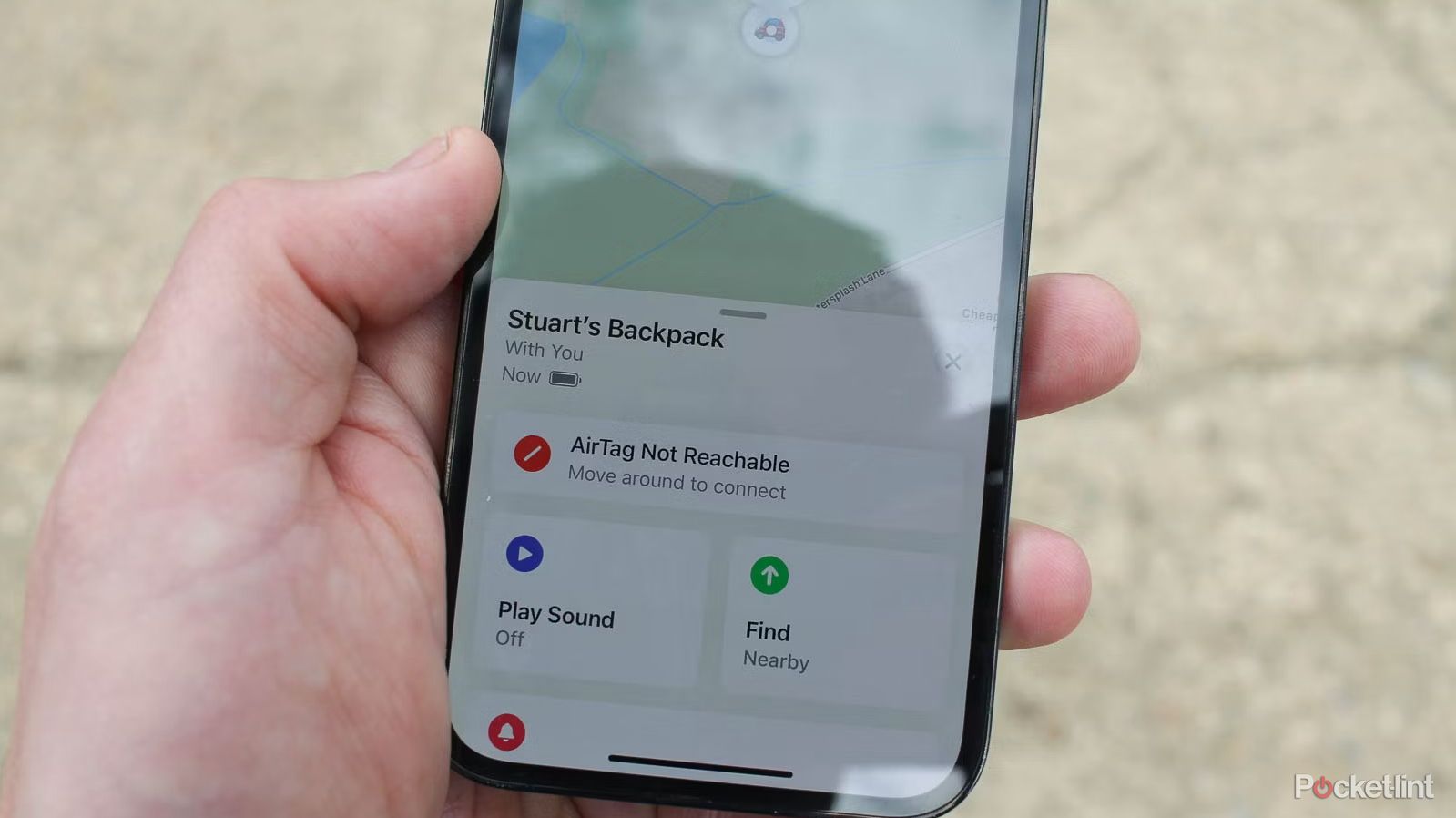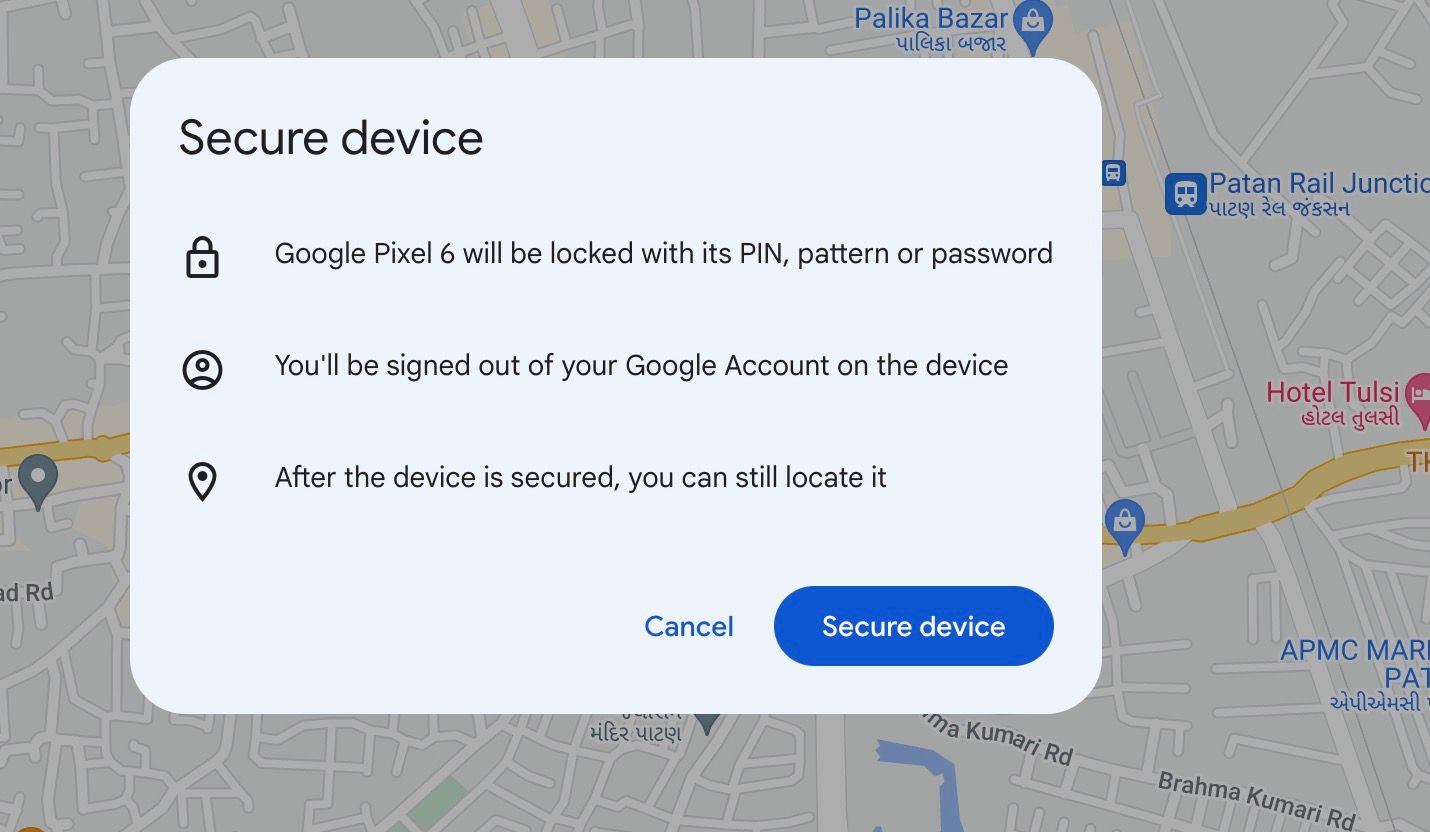
Google has finally started rolling out its Find My Device network for Android devices, allowing users to track down lost items using Bluetooth trackers from various brands. The network can be used with both Android and Apple finder networks. Several brands have revealed compatible Bluetooth trackers and devices set to support this upgraded service, including Chipolo, Pebblebee, Sony, and JBL.
Pebblebee trackers will start shipping on May 27. Pre-orders for Pebblebee trackers are still open, with the company offering Tag, Card, and Clip starting at $29.99. These trackers can be used to locate various items like keys, wallets, and remote controls.
Chipolo One Point is another Bluetooth item tracker that is ideal for tracking keys, wallets, and phones with a 120 dB ring volume, replaceable battery, water-resistant design, and compatibility with Google Assistant, Alexa, and Siri. The Pebblebee Card is a sleek Bluetooth item tracker resembling a credit card that assists in locating various items like wallets and remote controls with a 95dB loud sound and water-resistant design.
JBL Tour Pro 2 Wireless earbuds offer rich audio experience, noise cancellation, and Google Find My tracking features. The JBL Tour One M2 Over-ear headphones offer an immersive listening experience with full-bodied bass and bright highs, enhanced by above-average noise cancelation and a comfortable over-ear design. Sony WH-1000XM5 Wireless Headphones offer a comfortable and stylish design, intuitive on-ear controls, up to 30 hours of battery life, and customizable noise cancelation features.
Google's Find My Device network allows devices to be located even when they're offline. The network utilizes other online Android devices to detect the location of a device when it's offline. Users can opt out of the Find My Device network by going into settings in the app and choosing 'Off' or 'Without network.' It is important to change essential account passwords if the phone is lost or stolen.
